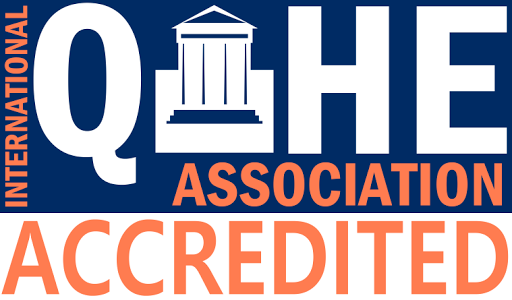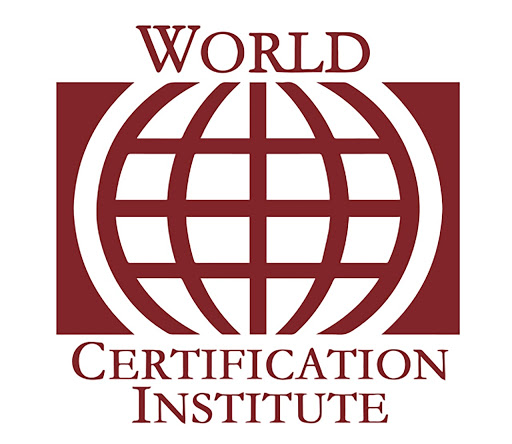Decision making is sine qua non to education administration because a school, like all formal organizations, is basically a decision-making structure (Hoy and Miskel, 2001).
Decision making is a process that guides actions. Decisions are based on the beliefs, values and previous experiences of individuals. School is also an organization which has individuals working for it, it has its clients, who are the students, it has stake holders, fund which is coming in and going out and so it functions like any normal professional body – hence the decision making task comes at play in all major steps and folds.
Four key resources ought to be recognized in school based decision making so as to enable to develop the capacity to create a successful organization with optimum performance.
- Knowledge and skills in framing new instructional strategies; skills for being able to do team work; budgeting and fiscal planning; interpersonal problem solving; assessment strategies for analyzing, interpreting and working upon the school performance data.
- Detailed Information about the performance and progress of the School, which includes budgets, students’ performance which is reflected in the overall school performance, teachers’ performance and demographic data trend.
- Power and authority to make decisions, especially in the areas of curriculum and instruction, staffing and personnel, and resource allocation and budgeting.
- Recognition and Rewards in the form of salary adjustments, professional development opportunities, performance based incentives, awards for good performance, etc.
Scope of Decision–Making
The scope of decision-making has three dimensions – budget, personnel and curriculum. Regarding the budget allotted to them their decision making will revolve around staffing, equipment and materials for school labs and other utility, building maintenance expenditure, professional development and students’ recreation and activities.
For personnel / staffing decisions, the schools will decide how best to recruit and whether they will have all permanent staffs or mix of permanent and part timers. Some work can be outsourced so that also needs to be budgeted in – for eg- the school canteen.
The third decision area is the curriculum and instructional strategies to be employed. This is determined in terms of the state level or national level educational goals set up. The school personnel draw on their expertise and experience in making these decisions.









